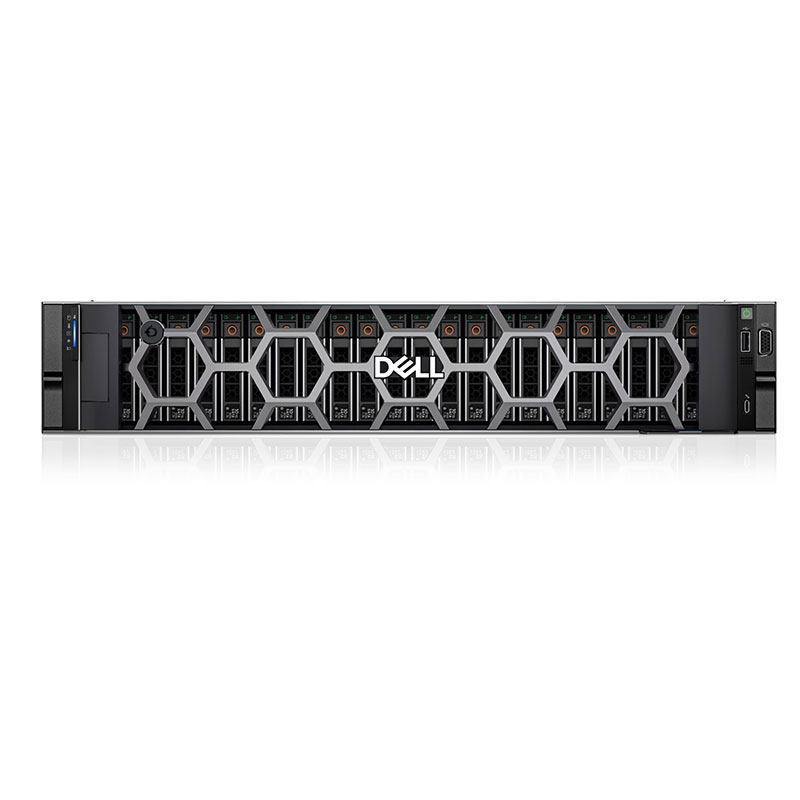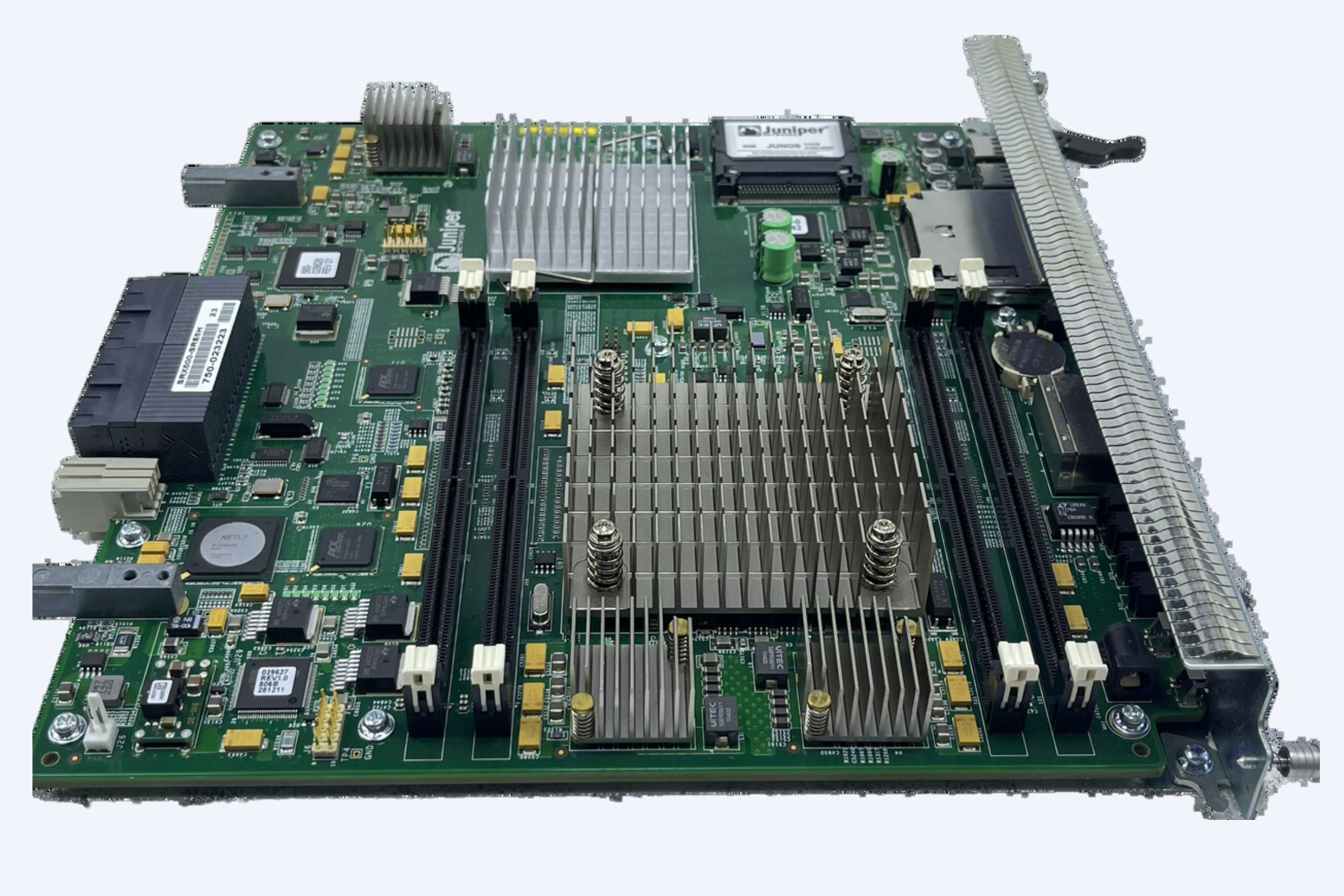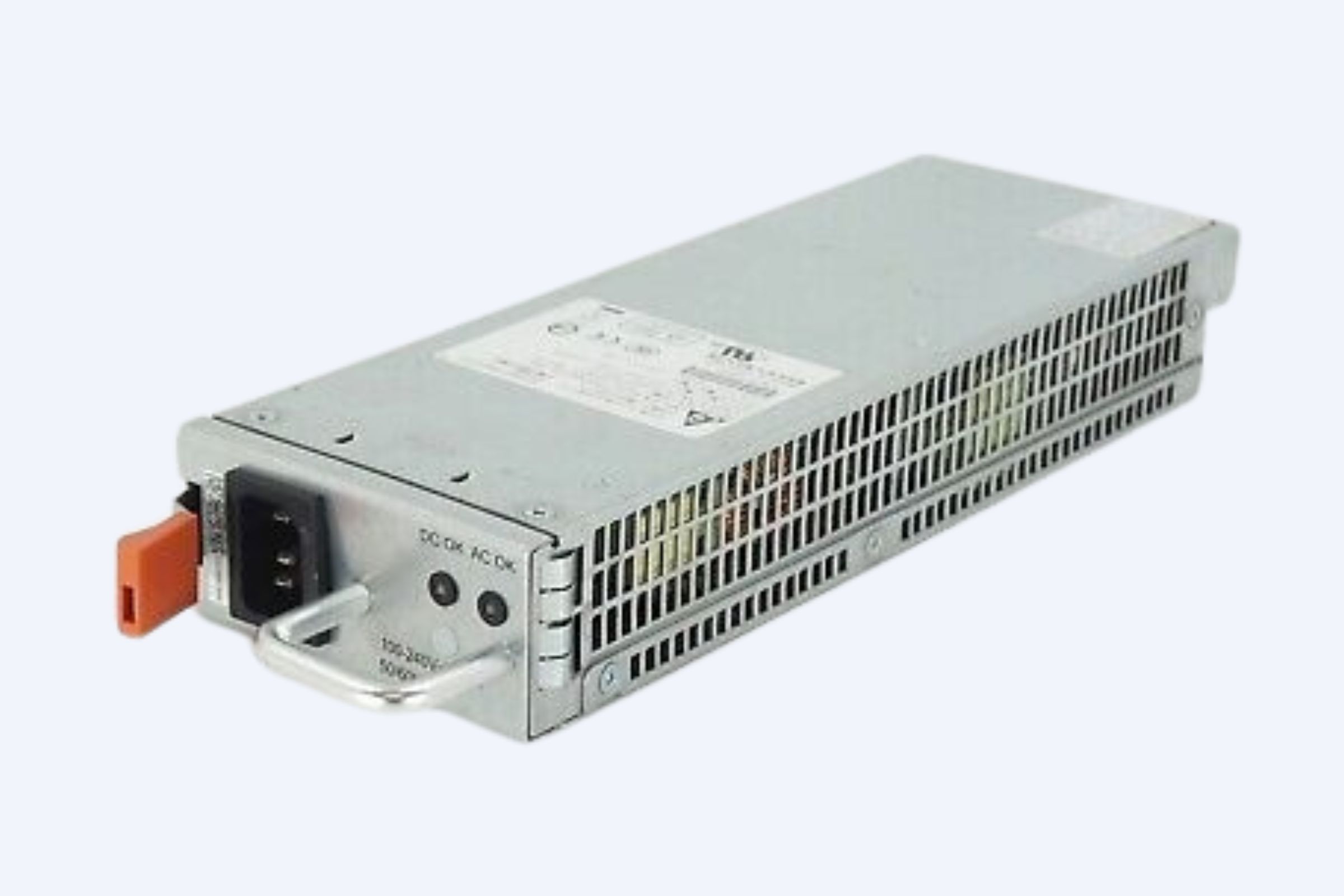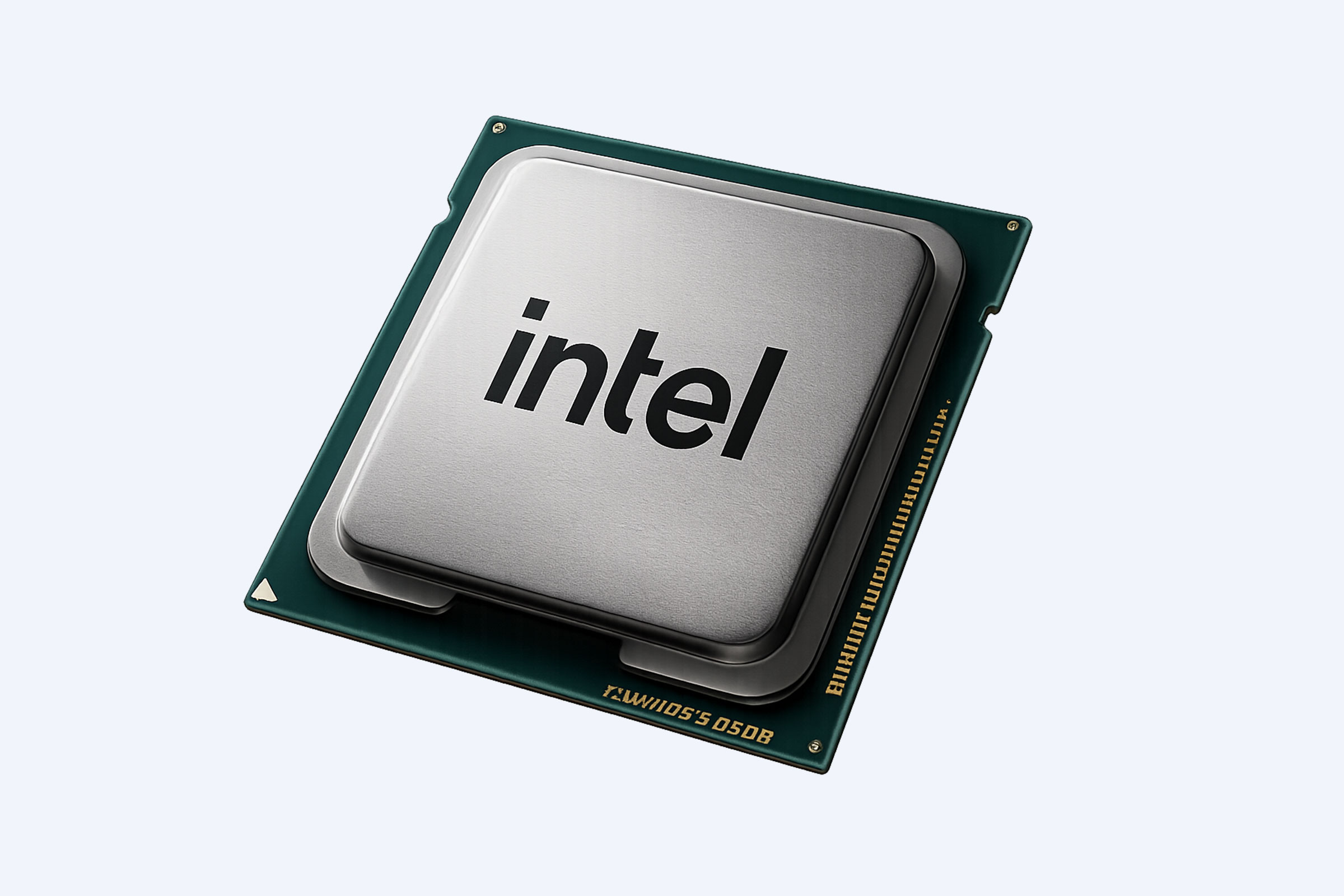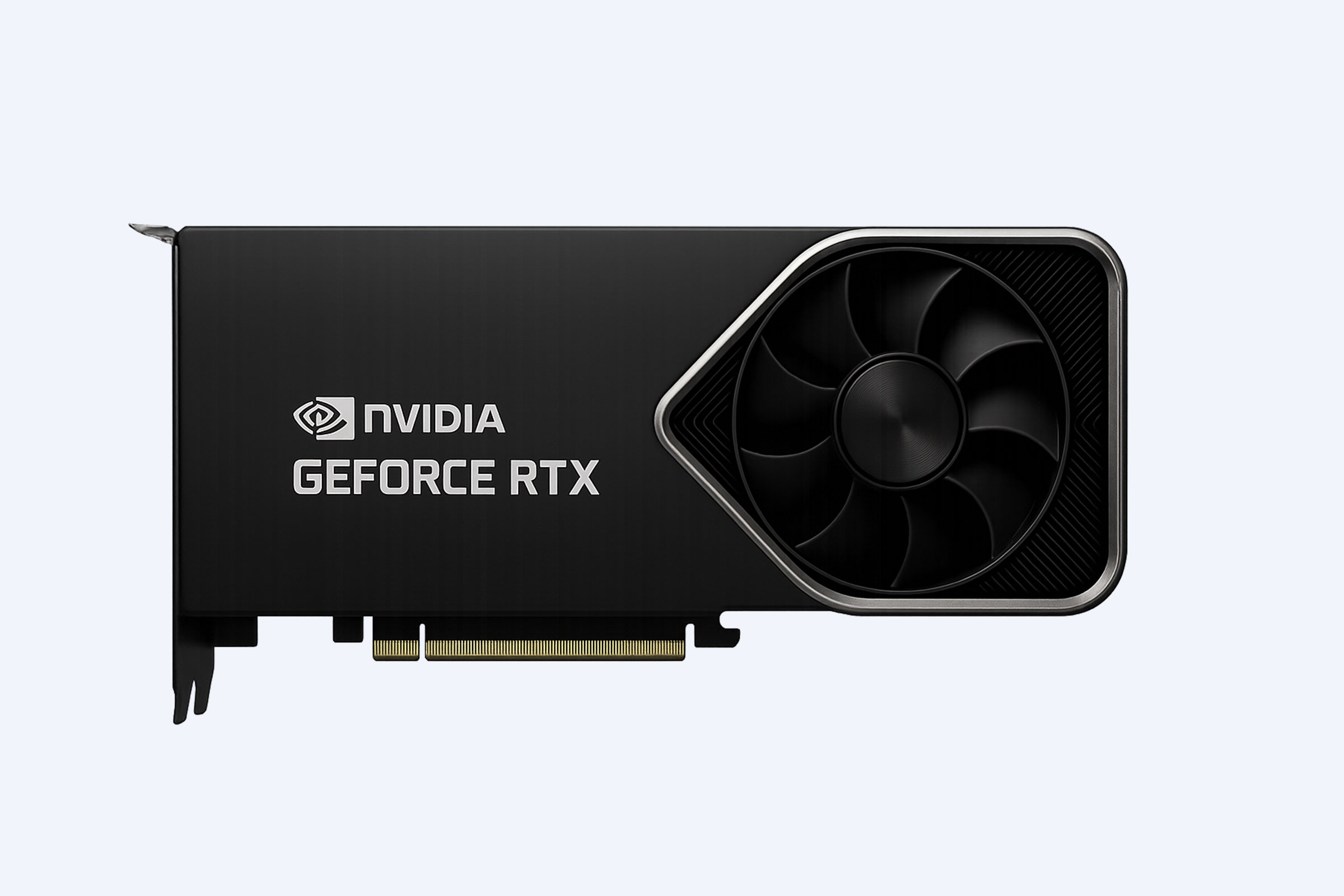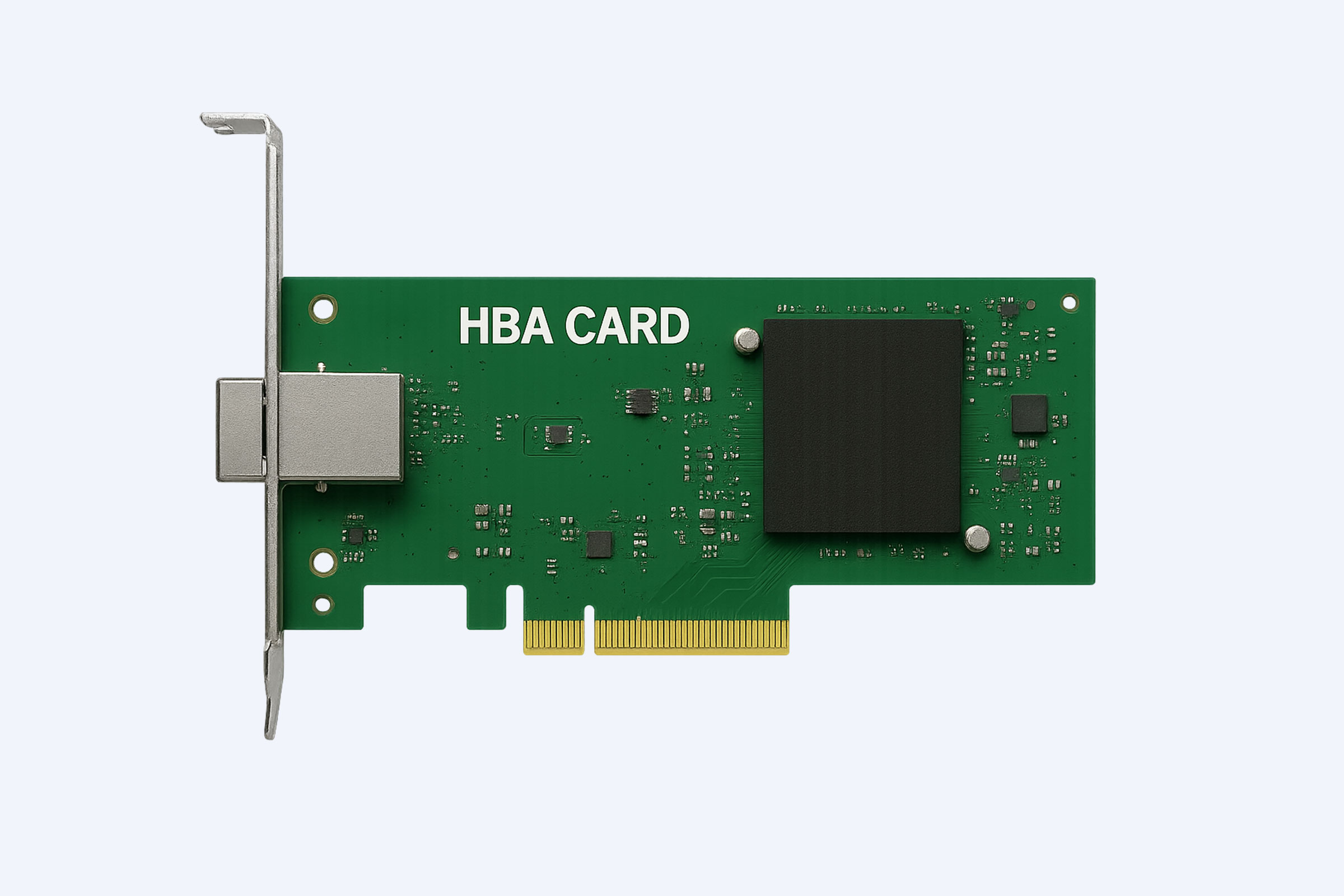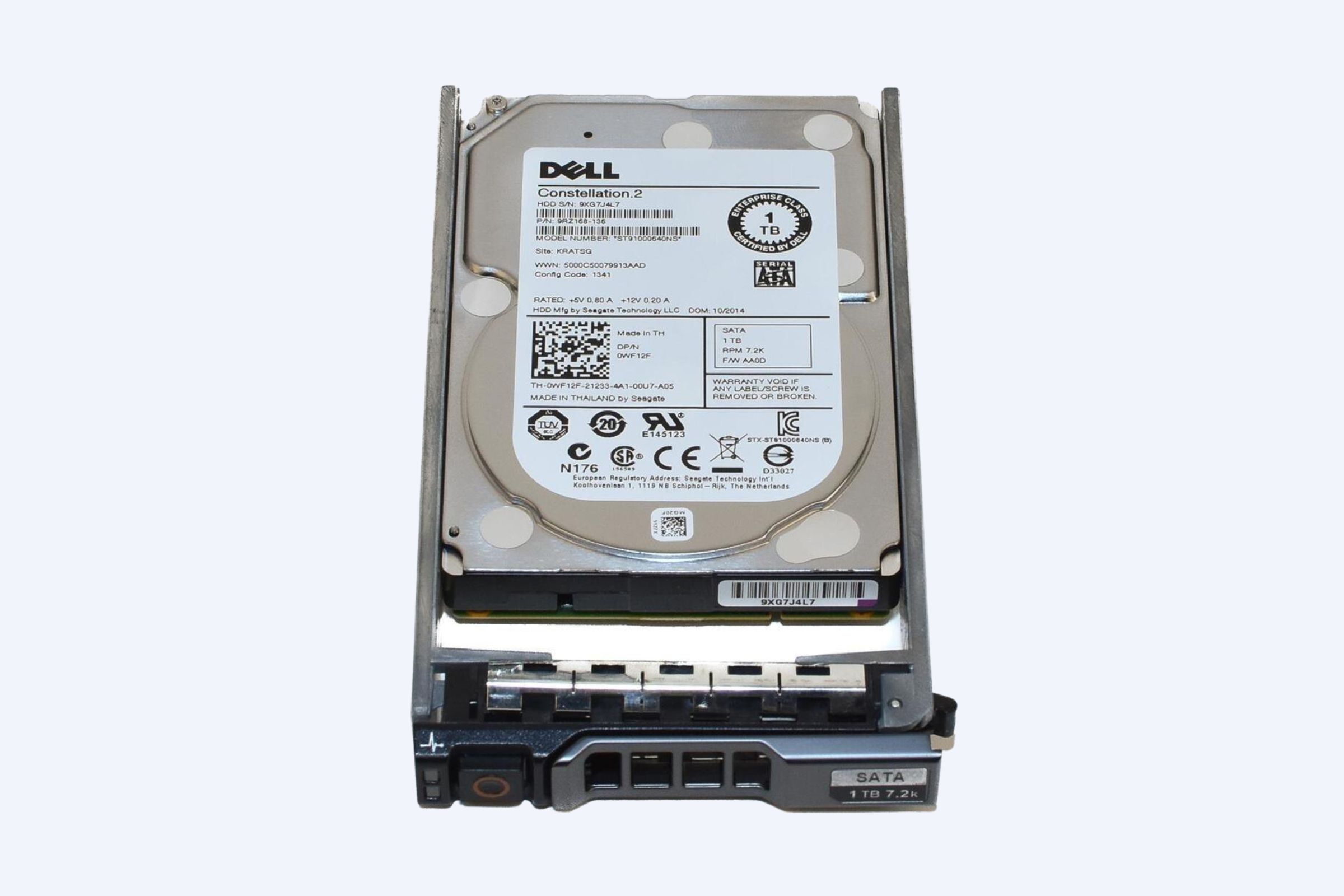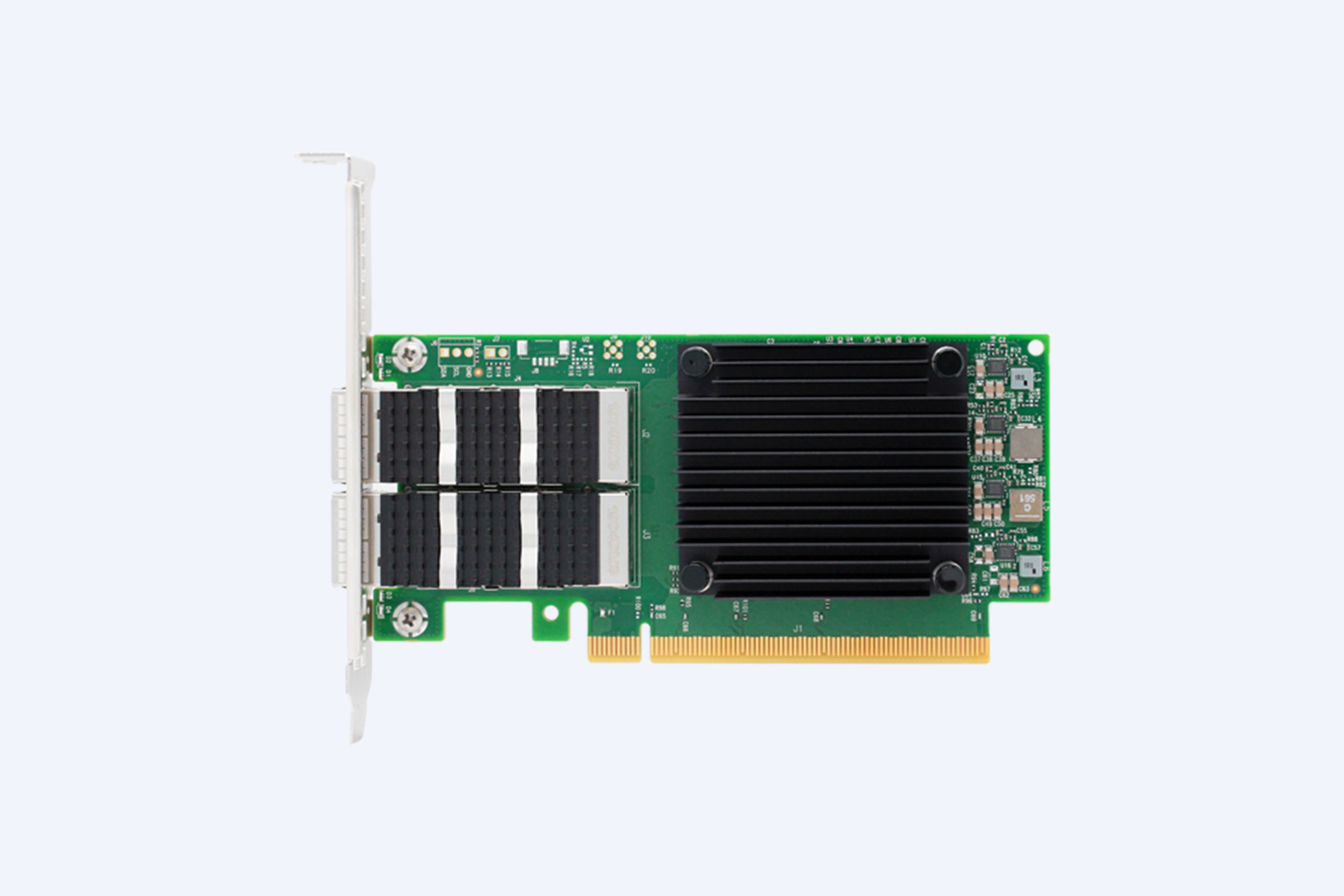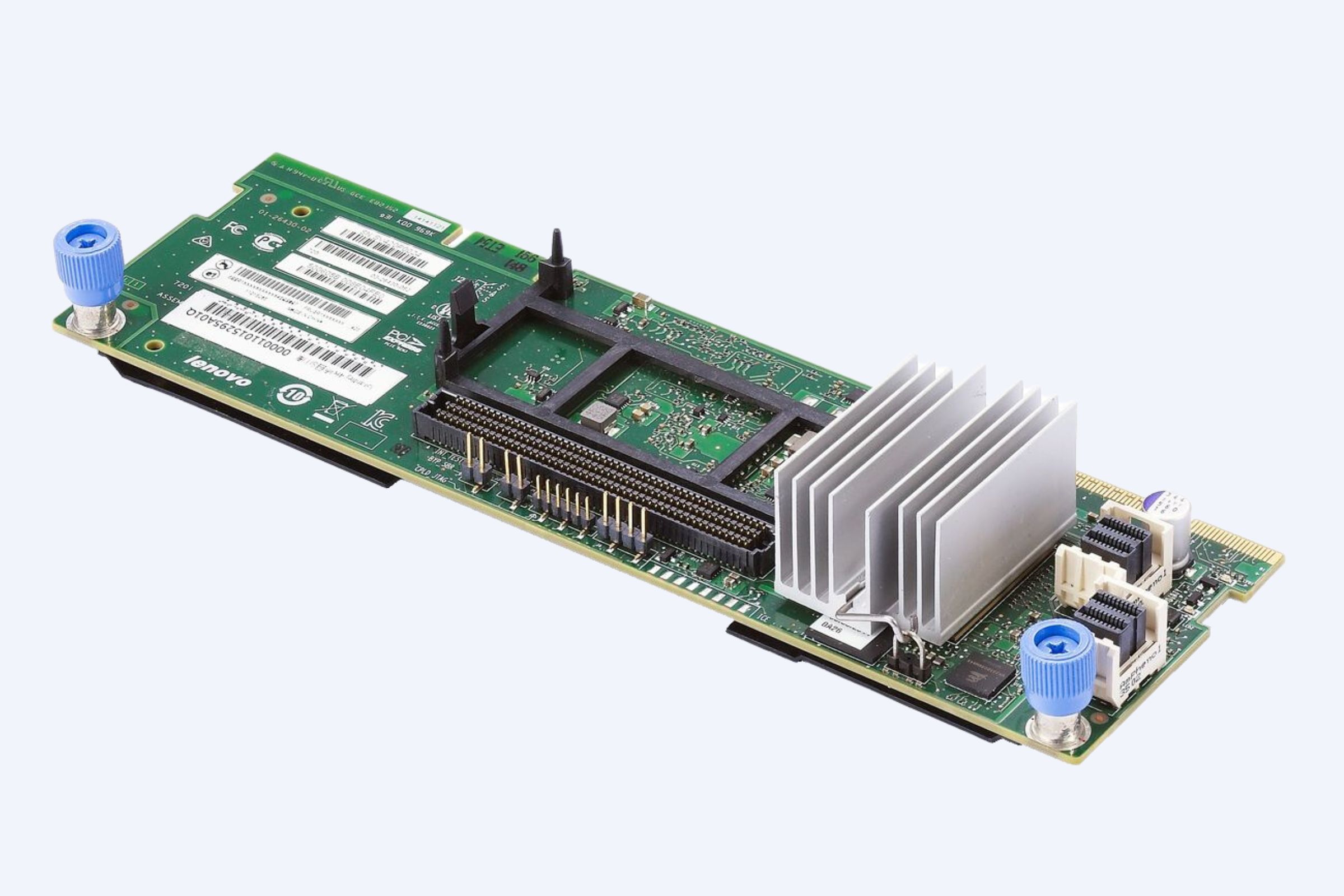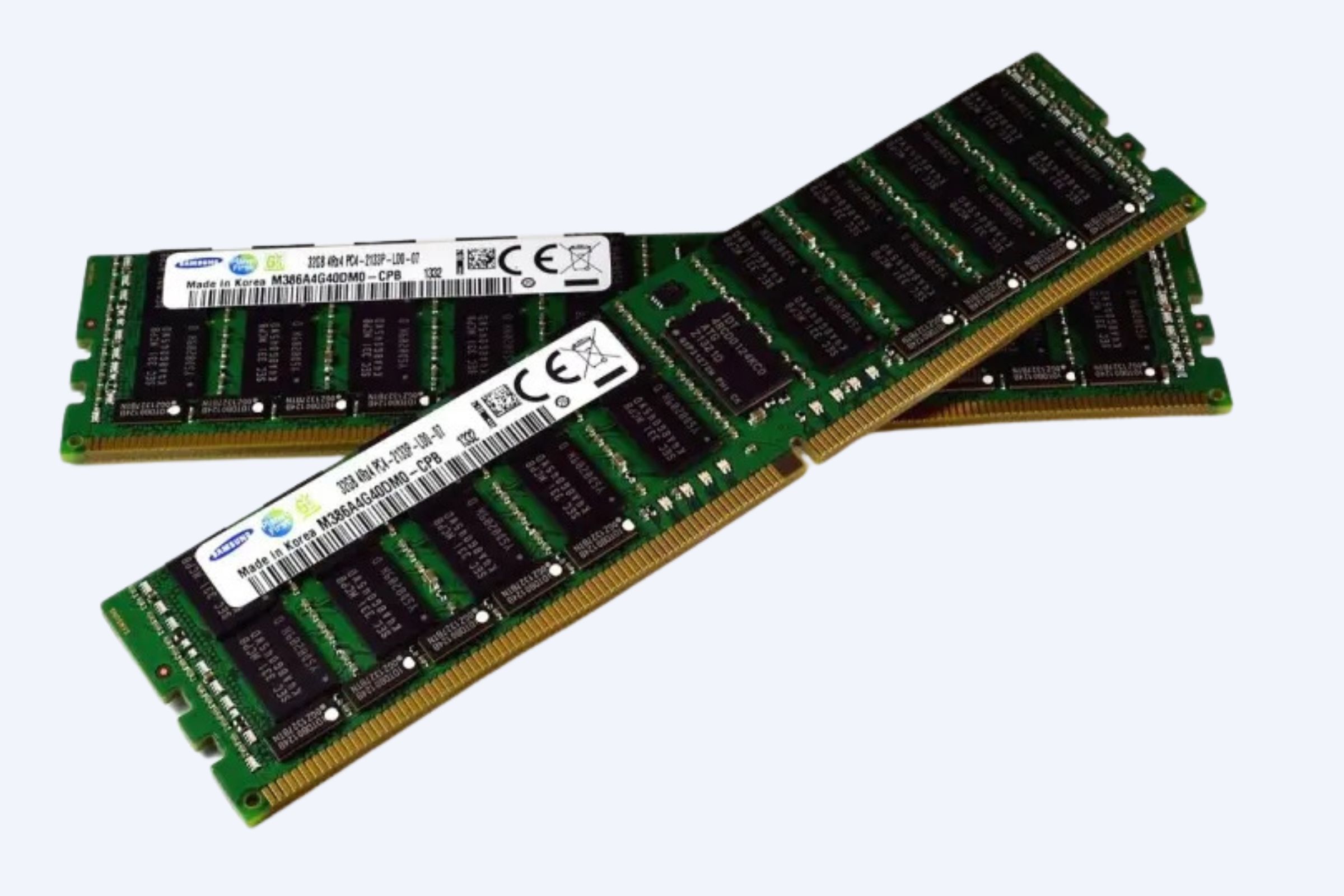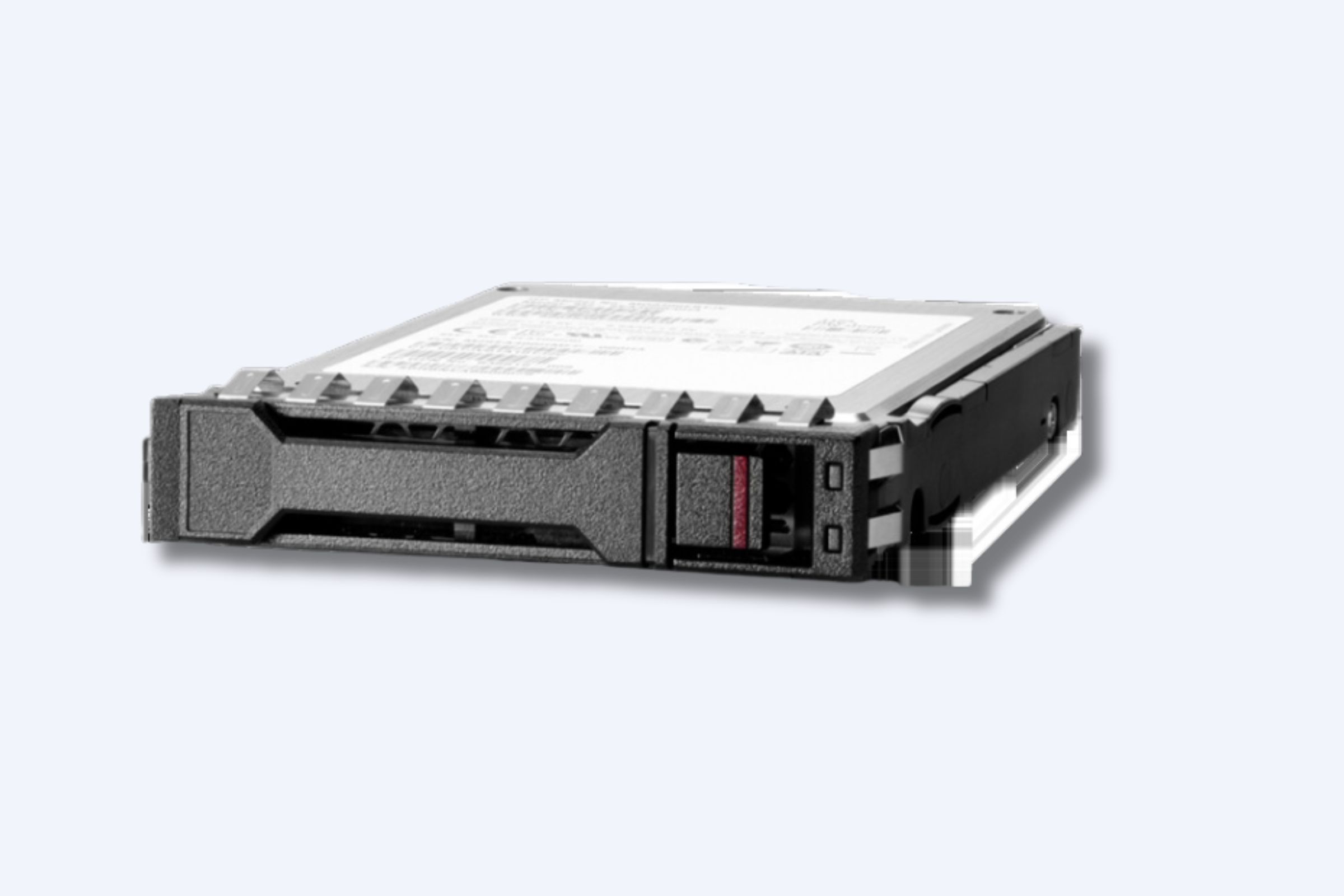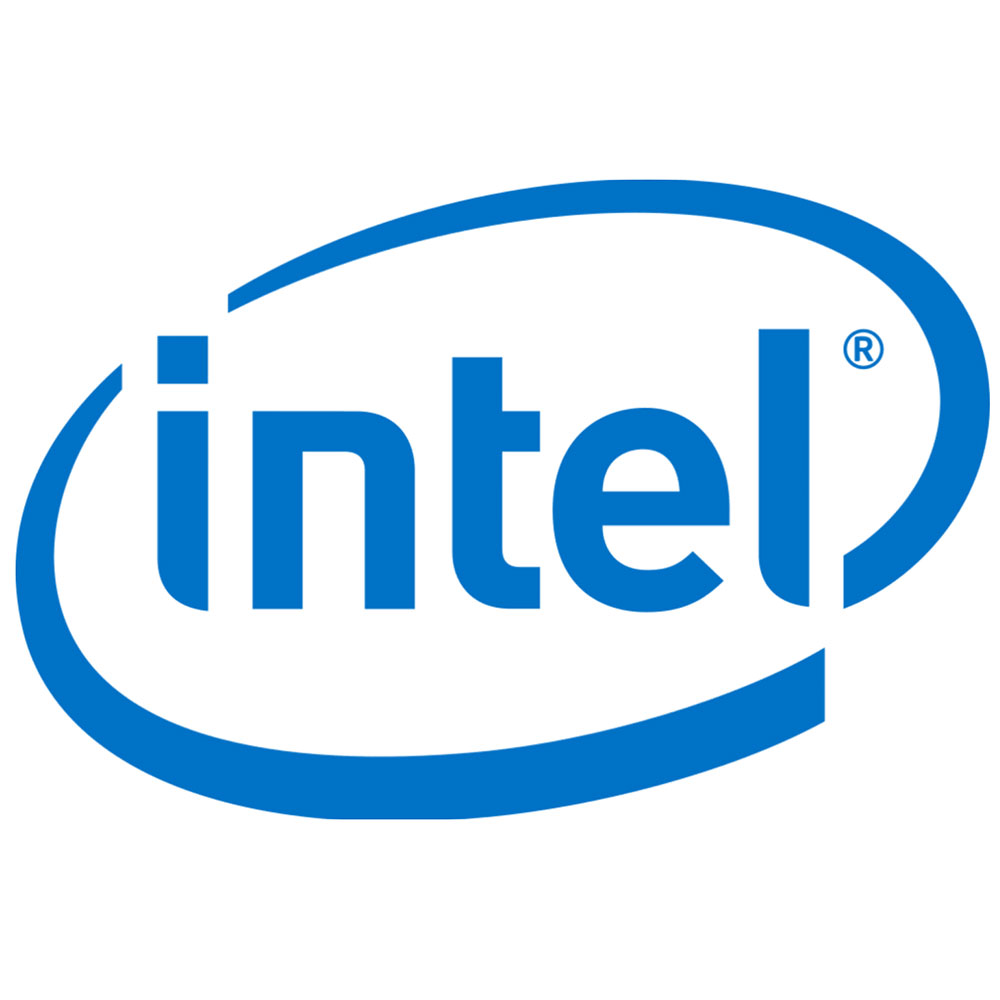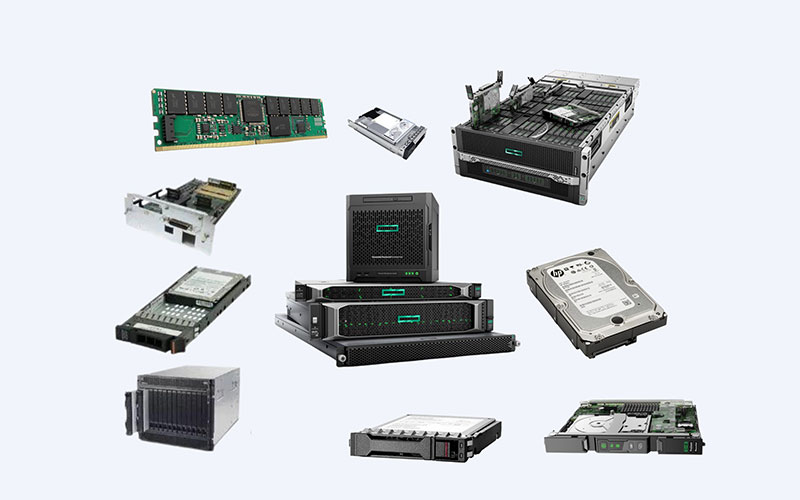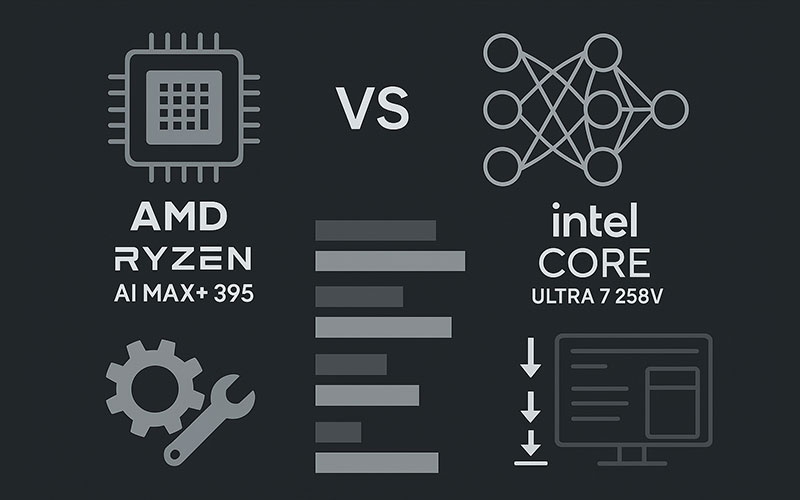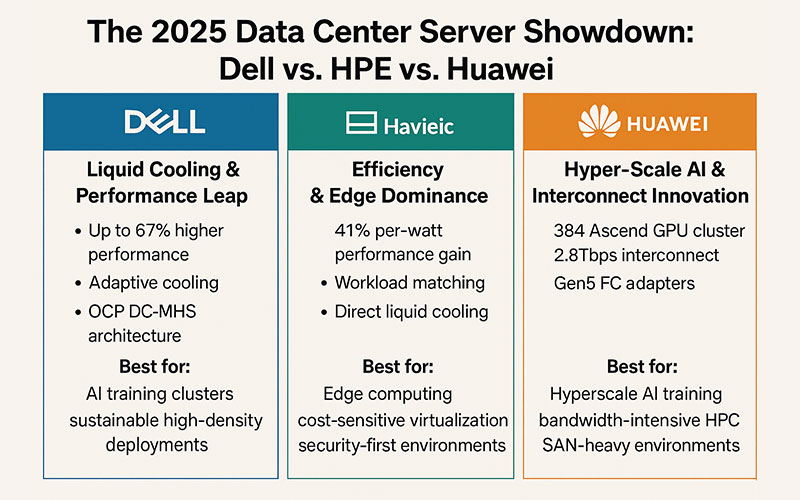Selecting the right 2U/4U GPU-optimized server isn’t just about counting sockets or drive bays. It’s about matching raw capability to demanding workloads like AI training, complex simulation, or high-density virtualization. The Dell PowerEdge R750xa and Lenovo ThinkSystem SR868 V3 are titans in this arena, but their strengths diverge in ways that matter on the data center floor.
Dell PowerEdge R750xa: The Agile GPU Specialist (2U)
Don’t let its 2U form factor fool you. The R750xa is engineered for maximum GPU acceleration density. Its standout feature is the direct-attach PCIe Gen4 backplane, connecting up to four double-wide 350W GPUs (like NVIDIA A100/H100 or AMD MI250X) directly to the CPUs. This bypasses traditional PCIe switches, minimizing latency – a critical factor for tightly coupled GPU workloads.
Where it Shines:
- Latency-Sensitive AI/ML: Ideal for training smaller models faster or real-time inference where microseconds count.
- VDI Acceleration: Packing four high-end GPUs into 2U delivers exceptional user density for graphics-intensive virtual desktops.
- Balanced Compute: Supports 3rd Gen Intel® Xeon® Scalable (2 sockets), ample DDR4 memory (up to 6TB), and flexible storage (up to 10x NVMe drives).
- Thermal Efficiency: Dell’s optimized airflow design handles the intense heat from four GPUs effectively within the 2U constraint.
Considerations:
- Memory Capacity: While substantial, max memory is lower than the 4U SR868 V3.
- Storage Density: Excellent NVMe support, but fewer bays than larger 4U competitors.
Lenovo ThinkSystem SR868 V3: The Configurable Compute Juggernaut (4U)
The SR868 V3 leverages its spacious 4U chassis for extreme configurability and massive memory capacity, making it a beast for mixed, memory-bound, or exceptionally large-scale GPU jobs.
Where it Shines:
- Massive Memory: Supports truly staggering amounts of DDR5 memory (up to 12TB) – essential for in-memory databases, ultra-large model training, or SAP HANA.
- GPU Flexibility: Can house up to eight 300W single-wide GPUs (e.g., NVIDIA L40S) or four double-wide 700W GPUs (like H100 SXM5). Offers more pathways for diverse GPU deployment strategies.
- Expansion & Future-Proofing: Abundant PCIe Gen5 slots (when using compatible CPUs) and support for OCP 3.0 network adapters provide headroom for next-gen interconnects and accelerators.
- Storage Versatility: Supports a vast array of drive configurations (up to 32x 2.5″ or 12x 3.5″ + 4x 2.5″), ideal for all-flash arrays or hybrid storage near the GPUs.
- Liquid Cooling Ready: Offers configurations for direct-to-chip liquid cooling, crucial for managing the highest TDP GPUs and CPUs efficiently.
Considerations:
- Latency: GPU-to-GPU communication might involve more hops via PCIe switches compared to the R750xa’s direct attach, potentially adding nanoseconds.
- Rack Density: Requires more rack space (4U) for equivalent double-wide GPU count compared to the R750xa (2U for four GPUs).
Head-to-Head: The Crucial Differentiators
Form Factor & Density:
- R750xa: Wins on pure 2U GPU density (4 high-power GPUs). Maximizes rack space for GPU-centric tasks.
- SR868 V3: Offers greater overall component density (CPUs, memory, storage, accelerators) within its larger 4U frame.
GPU Architecture:
- R750xa: Direct-attach backplane minimizes latency for GPU-to-GPU/CPU communication. Best for tightly coupled parallel tasks.
- SR868 V3: Highly flexible PCIe switch fabric supports more GPUs or diverse accelerator mixes. Better for larger, more heterogeneous clusters.
Memory & Storage:
- R750xa: Strong DDR4 capacity, excellent NVMe performance.
- SR868 V3: Dominates with massive DDR5 capacity and superior storage bay options for diverse data needs.
Thermals & Cooling:
- R750xa: Impressive air-cooling efficiency for a 2U/4xGPU box.
- SR868 V3: Built for extreme thermal loads, especially with liquid cooling options for the highest-end components.
Future-Proofing:
- R750xa: Mature PCIe Gen4 platform.
- SR868 V3: PCIe Gen5 readiness (with Intel® 4th Gen Xeon® Scalable) and OCP 3.0 offer a longer potential technology runway.
The Verdict: Matching the Machine to the Mission
- Choose the Dell PowerEdge R750xa if: Your primary focus is raw GPU acceleration density in a compact 2U form factor, especially for latency-sensitive AI training, inference, or high-end VDI. Its direct-attach design delivers uncompromised performance for GPU-bound workloads where minimizing communication overhead is paramount.
- Choose the Lenovo ThinkSystem SR868 V3 if: You need extreme memory capacity, ultimate configuration flexibility (GPU types, storage, networking), future PCIe Gen5/OCP readiness, or plan to deploy the absolute highest TDP components (especially with liquid cooling). It excels for massive in-memory workloads, complex multi-accelerator environments, or very large-scale model training where memory is the bottleneck.
Ultimately, both are exceptional platforms. The R750xa offers a leaner, latency-optimized GPU punch. The SR868 V3 provides a broader, more expandable foundation for the most demanding and varied compute challenges. Your specific workload profile and data center constraints will dictate the champion. Evaluate not just the specs, but how the underlying architectures align with your application’s communication patterns and scaling needs.



